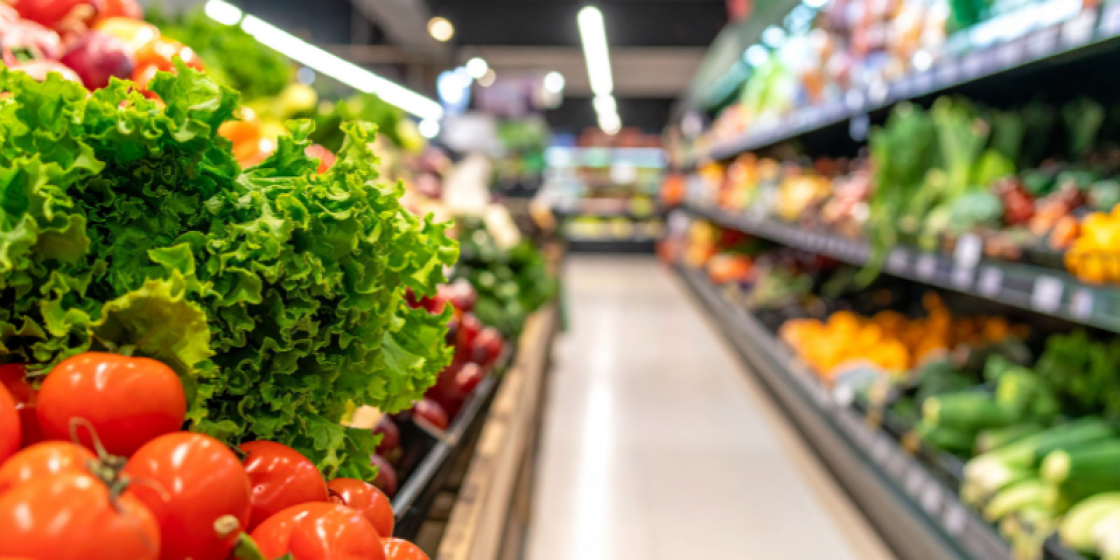Amazon Fresh stores set to close: What does it mean for their grocery business?
I felt compelled to take on this article for the newsletter, as I have written so often about this subject. Five years ago, when they first opened I was full of optimism. I thought it heralded a new era for Amazon in grocery, where they would take on the Big Four grocers and perhaps even buy one. It never happened, and I became baffled by their strategy. What were they trying to achieve? New opening occurred periodically, rumours spread of potential acquisitions, announcement were made of new partnerships. But no step change. That's why when I heard this news yesterday, I was not surprised, and nor should anyone that has been in one of their deserted stores. It came as a relief.
Amazon is shutting down all its Amazon Fresh stores in the UK, marking the end of its high-profile experiment with checkout-free, bricks-and-mortar grocery shopping on British high streets. All 19 locations—most in London—are set to close, with only five being converted to Whole Foods Market outlets. The decision follows an in-depth review of its operations, with Amazon citing the “significant growth potential in online delivery services” as a key factor for the closure. In other words, demand for in-store, walk-out shopping hasn't matched expectations, while online grocery delivery continues to grow rapidly in the UK.
Competition in the UK grocery sector is notoriously fierce, with established players like Tesco, Sainsbury’s, and Ocado leading the charge in both offline and online formats. Amazon’s “Just Walk Out” technology attracted initial buzz, especially during the pandemic, but the format failed to catch fire when normal shopping habits resumed. Industry commentators suggest Amazon underestimated the challenge of disrupting a market as competitive as UK grocery retail.
This development underscores Amazon’s pragmatism and willingness to pivot—even abruptly—in pursuit of long-term growth. The quick exit from physical Fresh stores in the UK signals recognition that its core strengths are logistics, e-commerce tech, and digital delivery, not high street retail presence. It shows Amazon’s appetite for testing big retail bets, but also its readiness to pull back if consumer adoption lags or profitability looks too distant. Amazon UK’s country manager described the closure as part of a broader revamp and reaffirmed the company’s commitment to bring “more choice and convenience” with fast delivery and strong partnerships with other retailers, such as Morrisons, Co-op, and Iceland.
Amazon isn’t abandoning the UK grocery market—it’s shifting gears. Reports indicate that Amazon will invest heavily in expanding its online grocery offering, including same-day delivery of fresh and perishable products throughout 2026. The closure of Fresh stores will be accompanied by a £40 billion investment in UK logistics, infrastructure, and digital operations over the next three years. The company is also ramping up its online selection, adding more day-to-day essentials and developing new delivery models to meet rising customer demand for speed and convenience.In summary, Amazon’s retreat from physical Fresh stores doesn’t signal defeat, but highlights a bold refocusing on the UK’s fast-growing online grocery sector—where Amazon aims to become the go-to platform for next-hour and same-day grocery delivery. This is an achievable goal, as there is little evidence that the Big Four Grocers are investing in their online platforms.



